20 Interesting Facts About Meteoroid, Meteor and Meteorite
Watching celestial objects is a true delight. It is still fun to catch a sight of shooting stars when we grow up. A second of th...

Watching celestial objects is a true delight. It is still fun to catch a sight of shooting stars when we grow up. A second of the bright trail of light in the dark sky amazes each of us. This flash of light is actually a meteor. Confusions often exist between meteor, meteorite and meteoroid. Let’s simplify these terms first.

Meteoroids are small particles of asteroids or comets that orbit around the sun. When meteoroids break through our atmosphere and burns up, which seems like a shooting star, is termed as meteor. If it survives the passage through Earth’s atmosphere and hits the planet’s surface, it is classified as meteorite.
Here are some interesting facts about meteoroid, meteor and meteorite.
Fact 1

Earth’s atmosphere experiences millions of meteors every day.
Fact 2

Meteoroids travel in various orbits and velocities around the sun. The fastest speed observed is 42 kilometers per second i.e. 26 miles per second.
Fact 3

Around 500 meteorites reach the Earth’s surface every year but only 5 of them make it to the scientists for study.
Fact 4
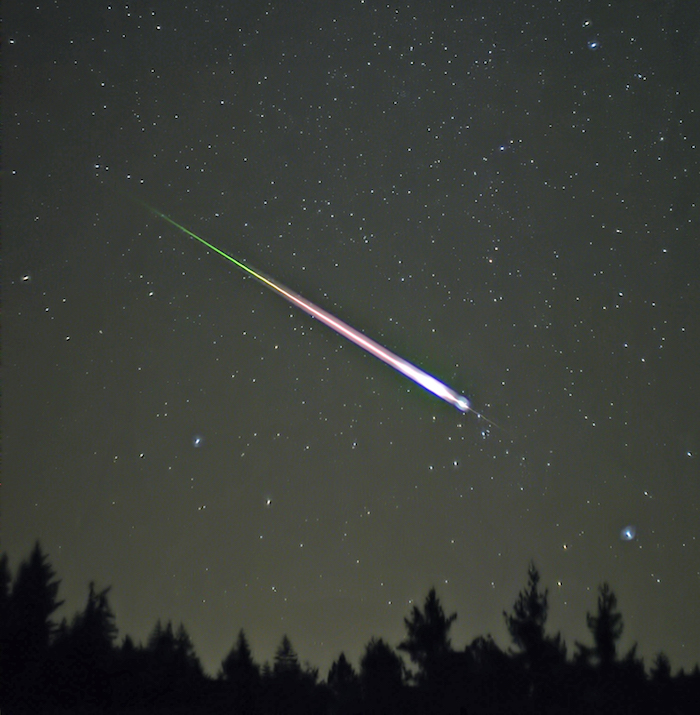
A meteor of the Leonid meteor shower (image)
Meteors can also appear in various colors according to their composition. They are sometimes observed with red, yellow and green trails. Ionization of molecules causes this color change.
Fact 5

Frederic Edwin Church, "The Meteor of 1860". It was determined to be an Earth-grazing meteor procession in 2010, 150 years later. (image)
Some meteoroids fly through the path that goes into Earth’s atmosphere and then back out. These are known as Earth grazing fireballs.
Fact 6

Meteorites are winded up in two categories- finds and falls. Meteorites that are found on the ground unrelated to any sighting are “finds” and those which were seen falling from the sky and tracked down successfully are termed as “falls”.
Till date, there have been 1000 collected “falls” and 40,000 “finds”.
Fact 7

Pieces of the meteorite found/Photo by Alexander Sapozhnikov (image)
According to the indications made by radar, 12,000 meteors in a night are about the size of a dust particle. However, usually they are of the size of pebbles and not larger than a baseball.
Fact 8

Meteor showers occur when many meteors appear in a short frame of time.
Fact 9

Time exposure photograph of polar stars during a meteor shower (image)
Around 30 meteor showers that are visible to Earth observers occur each year. Some of these have been around for more than 100 years.
Fact 10

Meteors have existed since ancient times but they were believed to be a part of our Solar System from 1833.
Fact 11

The meteor exploded over the Atlantic Ocean (image)
If meteor produces a sonic boom i.e. a sound, it is heard seconds after the meteor becomes visible.
Fact 12

Orionid meteor, with aurora, in 2013 by Tommy Eliassen Photography in Norway (image)
Since water occupies most of the Earth’s surface as compared to land, most meteors fall in the ocean.
Fact 13
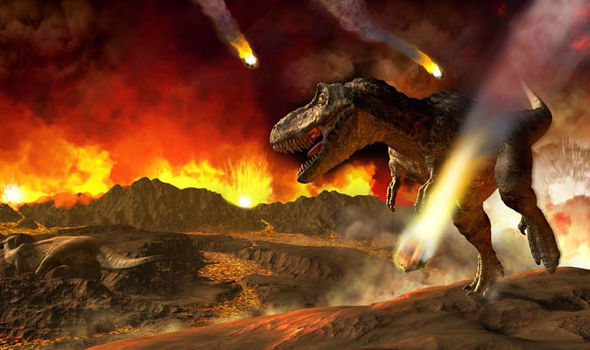
One of the causes believed for the extinction of dinosaurs is meteor. It is believed that an 8 mile long meteor hit the Earth that adversely affected the climate by creating dust clouds. This led to the end of dinosaurs.
Fact 14
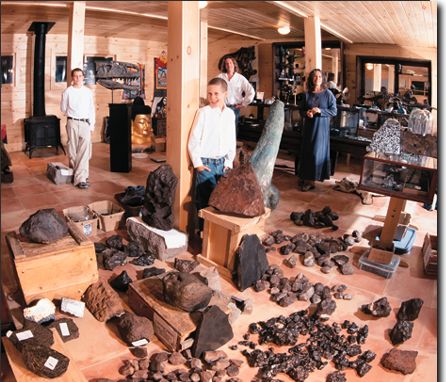
Buying and selling meteorites is illegal in South Africa.
Fact 15

Ann Hodges Meteorite True Story of History’s Only Known Meteorite Victim | David Reneke (image)
A study conducted in 1985 suggests that a meteorite will hit a human being in every 180 years.
Fact 16

The Leonid meteor shower that occurred in 1833 reported 10,000 meteors per hour. 10-15 meteors were sighted every second.
Fact 17
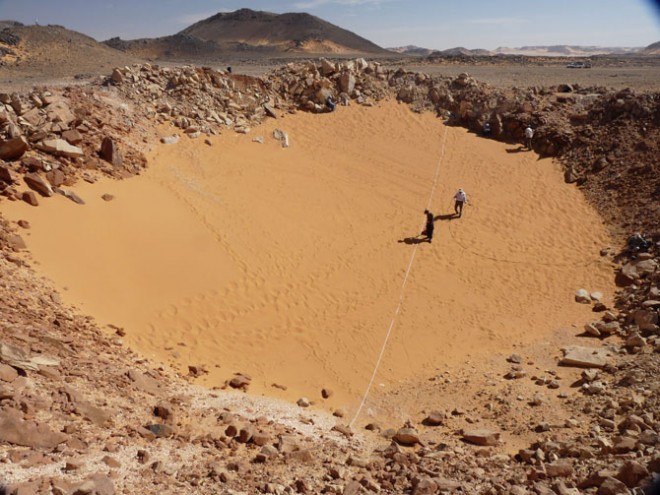
Meteor Crater discovered with Google Earth (image)
Scientific estimations suggest that 110,000 tons of solid material falls every year on Earth because of meteorites.
Fact 18
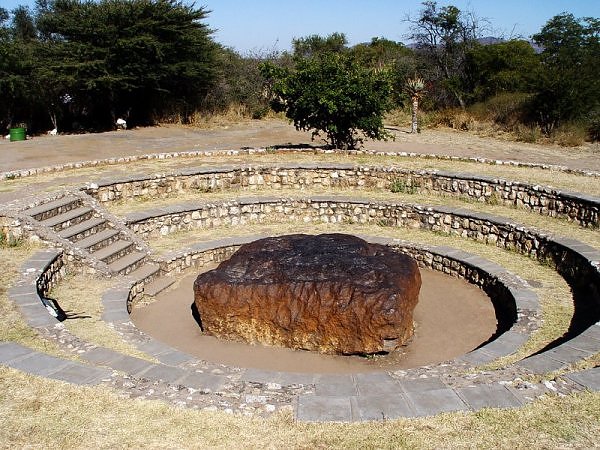
The largest known meteorite is the Hoba meteor located in Namibia, Africa. Its current size is 9 feet by 9 feet by 3 feet and weighs about 66 tons. It was first spotted by a farmer in 1920. It likely survived because of being a metal, containing majority of iron and about 16% nickel.
Fact 19

Asteroid 2008 TC3 in Infrared (image)
The first time when meteoroid was tracked prior to impacting Earth was on October 6, 2008. A 4-meter asteroid 2008 TC3 was observed in space on a collision course with earth and entered next day in our atmosphere. It struck in a remote area of northern Sudan. Observing the meteoroid in space and tracking it prior to impacting Earth was a big achievement for the scientists.
Fact 20
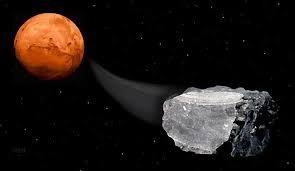
Among the meteorites found in Antarctica, 16 of them are believed to have come from Mars. This is based on the measurement of spacecraft Viking that landed on Mars in 1970s. The gases of this meteorite match the Martian atmosphere.
Popular Posts
What Is Trypophobia – A Disgust More Than Fear
"I can't really face small, irregularly or asymmetrically placed holes, they make me like, throw up in my mouth, cry a little bi...
Chandan Roy
16 Interesting Facts About Ambidextrous People
A lefty or left-handed uses his left hand more naturally and dominantly than the right hand. And the righty or right-handed is o...
Ethan Stephans
The Hidden Science and Facts Behind Thalassophobia
Do your feet turn cold when someone asks you to take a casual swim in the ocean? Do you feel afraid of the eternal abyss, empti...
Rishika Gupta








